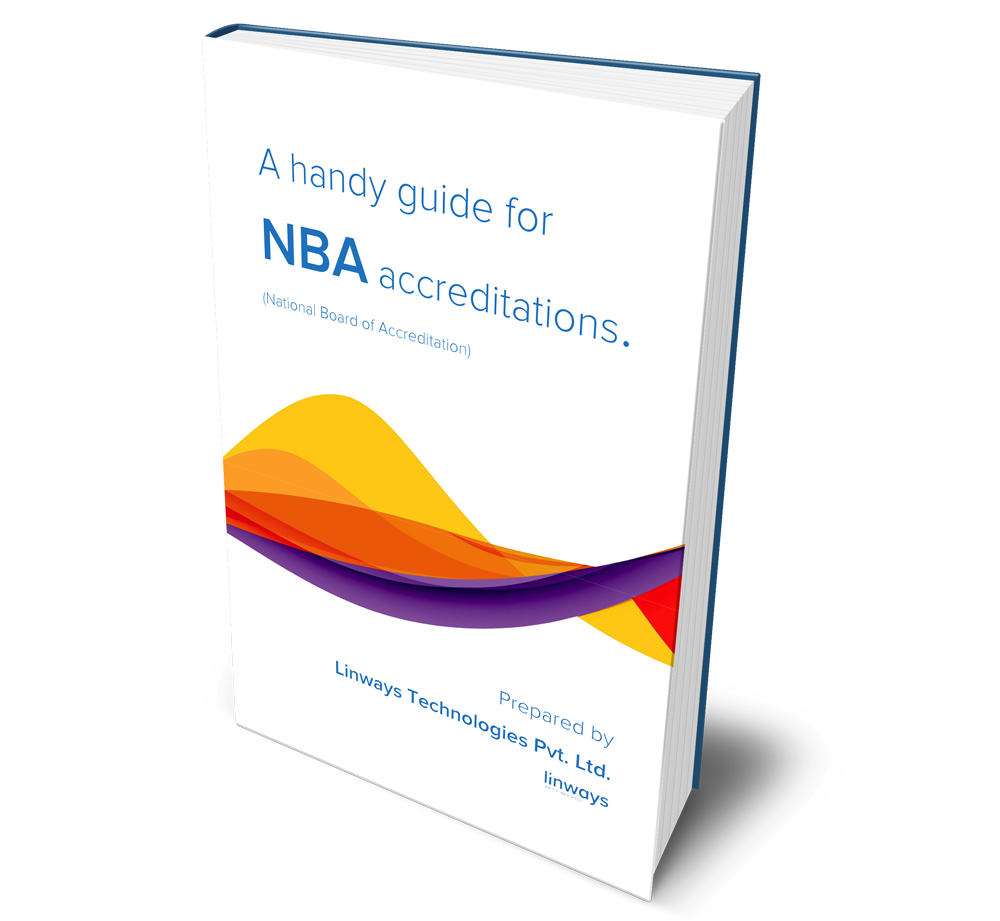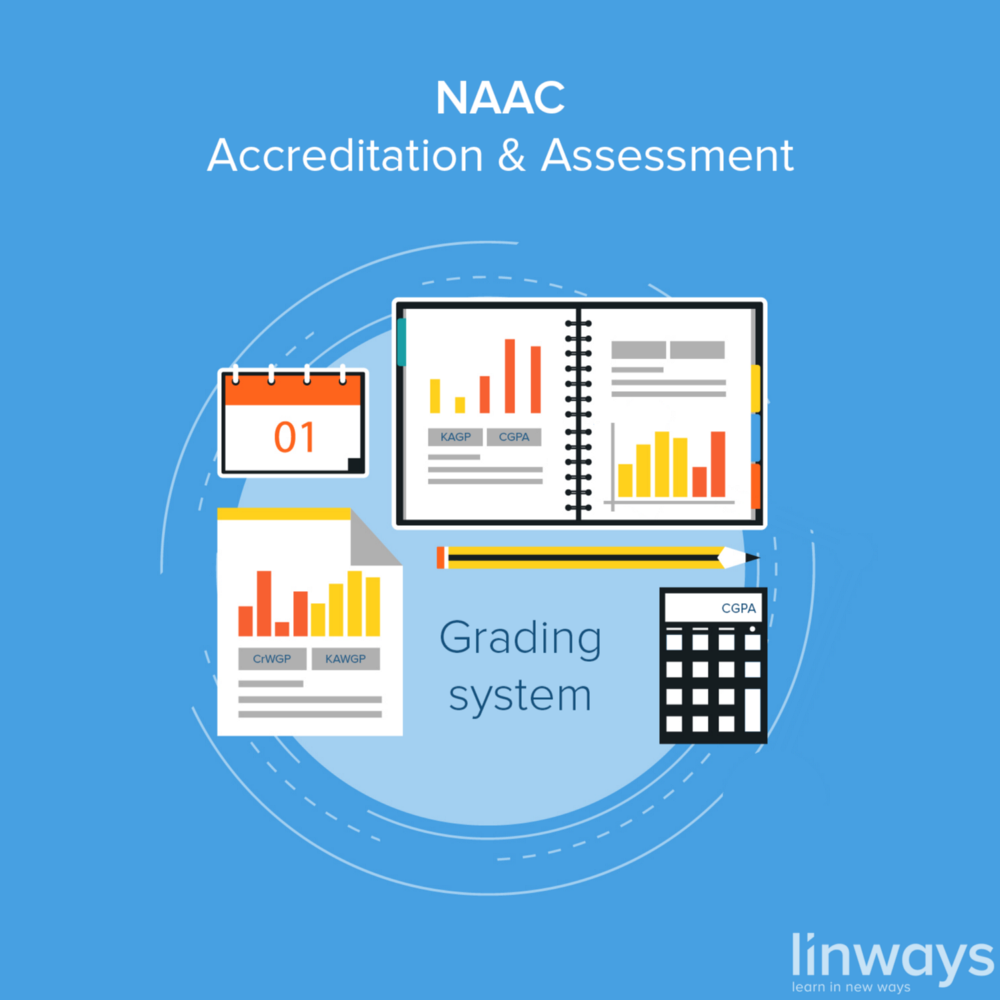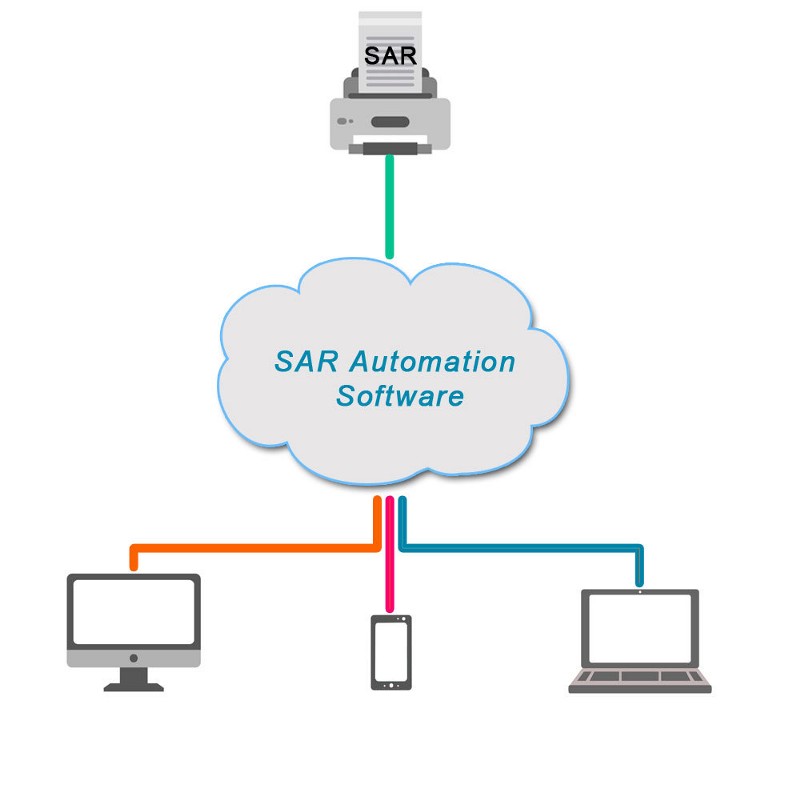
You have the question. And we have the answer
In a time of drastic change, it is the learners who inherit the future. The learned usually find themselves equipped to live in a world that no longer exists. — Eric Hoffer
Our blogs on the National Board of Accreditation and the on-going reforms happening around it has been welcomed so far with great encouragement and support and we would like to thank all of our readers for the same.
You can check out our previous blogs of this series if you haven’t. And it would really help if you do:

So we decided to do some research on this and we found some interesting things which we like to share.
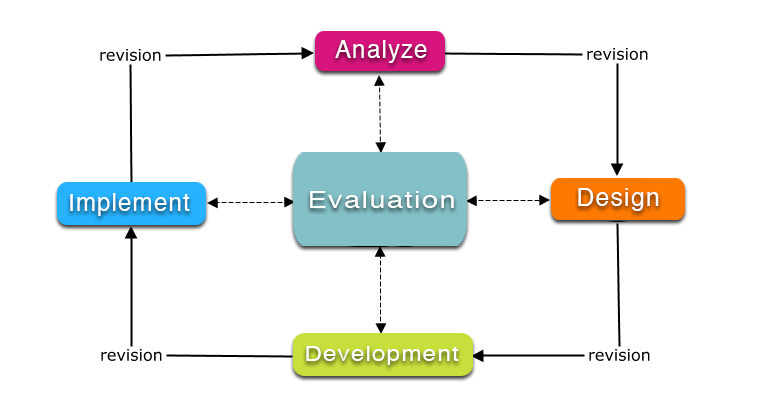

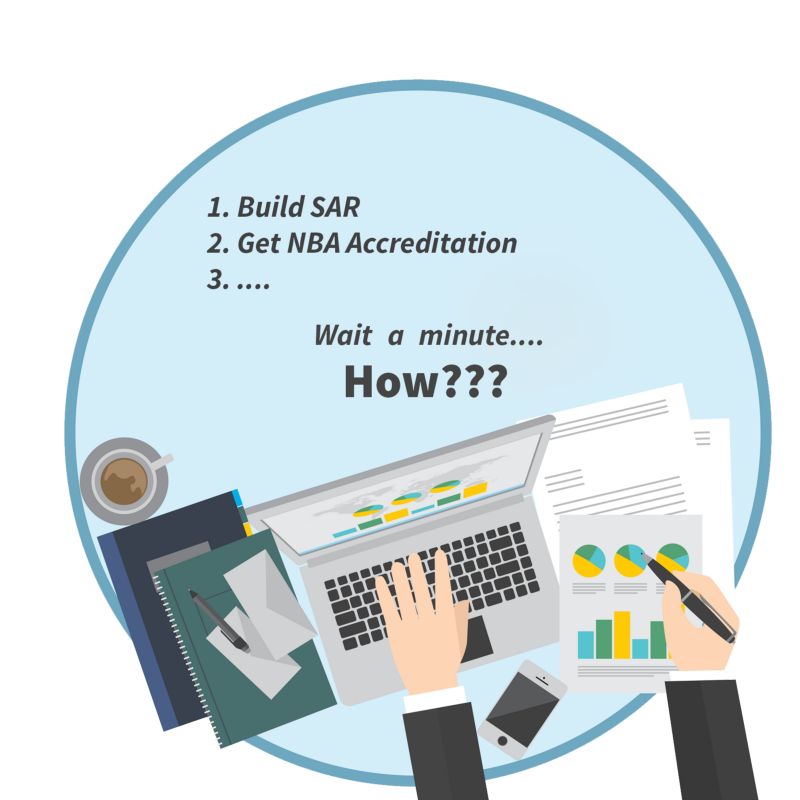

But don’t worry; we are not done. Not yet. And we are ready to keep this up until you get the whole picture.
Today, we are choosing a few aspects of the institutional surroundings, which are often thought unimportant. Or at least, they are not given the seriousness they deserve, we might say.
Extra curricular activities
The fact is, the decision makers tend to focus their attention on more ‘academic’ topics most of the time, that they often spare so little for the environment outside the classrooms.
That is something you should think about; twice. Because getting an NBA accreditation for your institution, and the programs it offers, takes a huge deal about spreading out your priorities evenly. And it starts with admitting: the extra curricular is no less important.
Want to know what the NBA has to say about this??
Here are some things to be monitored by the evaluators during the visit.
- Availability of sports and cultural facilities (3 credits.)
- NCC, NSS and other clubs (3 credits.)
- Annual students activities (4 credits.)
So make sure that your institution gives equal priorities to those extracurricular activities and other events. And the thing is, they can be mapped to the COs and POs you have been struggling to achieve. The overall development of the students in such social skills will definitely benefit the institution in the long run.
Afterall, who doesn’t love a good game?..
And when it comes to the ‘Faculty Information and Contributions’..
Exhibits/Context to be Observed/Assessed:
- Number of Regular faculty(RF) calculation considering Regular faculty definition and fractional load; Faculty appointment letters, timetable, subject allocation file, salary statements etc.
- No. of students calculation as mentioned in the SAR
- Faculty Qualification as per AICTE guidelines shall only be counted
“The ratio, students:Assist.Professors:Professors is more important than you think”
But you already know that; right?. So why are we telling you this?
Let us tell you something that you probably didn’t knew.
The credits given to your institution during the visit from the NBA is given as the suggestions given in the guideline documents. And here, it goes something like this:
Student-Faculty Ratio (SFR) (20 Credits)
S:F ratio = N/F; F = No. of faculty = (a +b–c),
for every assessment year.
- Total number of full-time regular Faculty serving fully to 2nd, 3rd and 4th year of this program
- Total number of full-time equivalent regular Faculty(considering fractional load) serving this program from other Program(s)
- Total number of full time equivalent regular Faculty(considering fractional load) of this program serving other program(s)
Marks to be given proportionally from a maximum of 20 to a minimum of 10 for average Student Faculty Ratio(SFR) between 15:1 to 20:1, and zero for average SFR higher than 20:1
The norms of NBA suggests that,
Total credits ={(AF1/RF1)+[(AF2/RF2)*0.6]+[(AF3/RF3)*0.4]}*10
If AF1 = AF2= 0 then zero marks. Maximum marks to be limited if it exceeds 20
Wait! There’s more..
Articles and papers published by teachers has credits too.
It goes like this,
Assessment of Faculty Publication(FP) = Sum of the Publication Points scored by each Faculty member /N
And the guidelines by NBA are: A faculty member scores at most 5 publication points each year, depending on the quality of the research papers published in the past 3 years.
The faculty publications considered include the research papers/chapters/books
(i) Which can be located on the internet and/or are included in hard-copy volumes/conference proceedings, published by well known publishers, and
(ii) Provided the faculty member’s affiliation, in the published paper/chapter/book, is of the current institution
Faculty development program
What, How and Who- Are the things that matter.
The faculty training programs by the institution also gives you extra credits in the accreditation.
And the evaluation on the faculty training programs are mostly based on the relevance of the training/development program, the number of the days(duration), and the number of faculties attended the program(participation).
For NBA, the faculty training is:
In Educational Technology/ Induction Programme from NITTTR-like organisations for a duration of at least two weeks.
Assessment = 10 * (Number of faculty trained in induction like programmes)/ (N)
Training of faculty in last three years from NITTTR-like organisations for a duration of at least two weeks in content updation, management, innovation, laboratory etc.
Assessment = 5 *(Number of faculty trained in two week programmes of content updation, management etc.)/ (3 * N)
Faculty trained in modular trimester/semester programme in engineering/technical education.
Assessment = 5 * (Number of faculty having undergone modular trimester/semester programme in engineering/technical education / N)
And,
Faculty Qualification = 2.0 x [{10X +6Y}/F]
where, X is no. of faculty with PhD., Y is number of faculty with M.Tech, F is number of faculty required to comply 1:15 Faculty Student ratio (number of faculty and number of students required to be calculated as per 5.1)
And don’t forget the ‘Facilities and technical support’
And once you are done with the faculty development (well not like “done”; we should always be coming back.), there’s one more thing we could think of, worth discussing here. As the title above said, it’s the facilities and technical support.
This criteria of the accreditation process is all about adequate and well equipped laboratories, and technical manpower, which might give you upto 80 credits!(Yup. It’s an important one. No doubt).
The laboratories your institution has, the lab staffs, and their maintenance all are an extension of what you provide at the classrooms, and more. They equip the students with the necessary practical skills; which equally matters as the theory.
The documents from the NBA says: “Facilities provided to faculty and students including teaching aids, lecture halls, faculty rooms, engineering laboratories, equipment etc. and competent technical staff must be helpful to enhance and innovate the teaching — learning process towards the attainment of POs”
They are assessed like:
Laboratories:
- Adequate well-equipped laboratories to run all the program-specific curriculum(25 credits)
- Availability of adequate and qualified technical supporting staff (15 credits)
- Maintenance and overall ambience(10 credits)
- Safety measures in laboratories(10 credits)
- Project laboratory/Facilities(20 credits)
And besides that, the overall ambiance and quality standards of the classrooms are important too…
Classrooms
- Adequate number of rooms for lectures (core/electives), seminars, tutorials, etc., for the programme (4 credits)
- Teaching aids — -multimedia projectors, etc. (3 credits)
- Acoustics, classroom size, conditions of chairs/benches, air circulation, lighting, exits, ambience, and such other amenities/facilities (3 credits)
How is this done with software?
We know. It sounds pretty complex and confusing than it actually is.
But, there’s a hack. Like the title said, an answer to this question.
You can make these calculations all go away. Well not really go away, but more like give it away and let the technology take care of it.
Now that seems like a good plan right? Wondering how?
Academic Management Systems, like LINWAYS, can help you with that.
You can keep track of this proportion with such a software, where you only have to input the data once. And you will find tasks such as; say calculating these proportions, or even the faculty feedback or the quality standards of infrastructure, easy and the accreditation won’t take so much of your time. Because you already have all the necessary documents you’ll want.
Now that’s Smart.
And the upside is, this benefits not just for the accreditation. You want to keep that ratio balanced for the rest of the years to come. And this technology will help you with that. Also, updating the qualifications of the faculties; if someone gets a PhD or something like that, will never be this easy.
It’s always the technology that brings changes; or rather, the changes are always towards the technology.
So to sum up,
We got that the faculties and their various attributes such as their researches and papers they have published, training programs dedicated for them, the ratio of the students to faculties, and the ratio among the faculties, are all important,
We found out the credits and marks attributed for the extra curricular activities in the institution, the laboratories, technical manpower, and support are parts of the programs that requires the same attention as the theoretical studies.
NB: Some people asked us while conducting this research: Why??
And we said;
‘We believe in what one can achieve through education. So we stand to make it available for all, and help them to achieve excellence. Because that’s where we belong. Right there; beside their way to the top’


